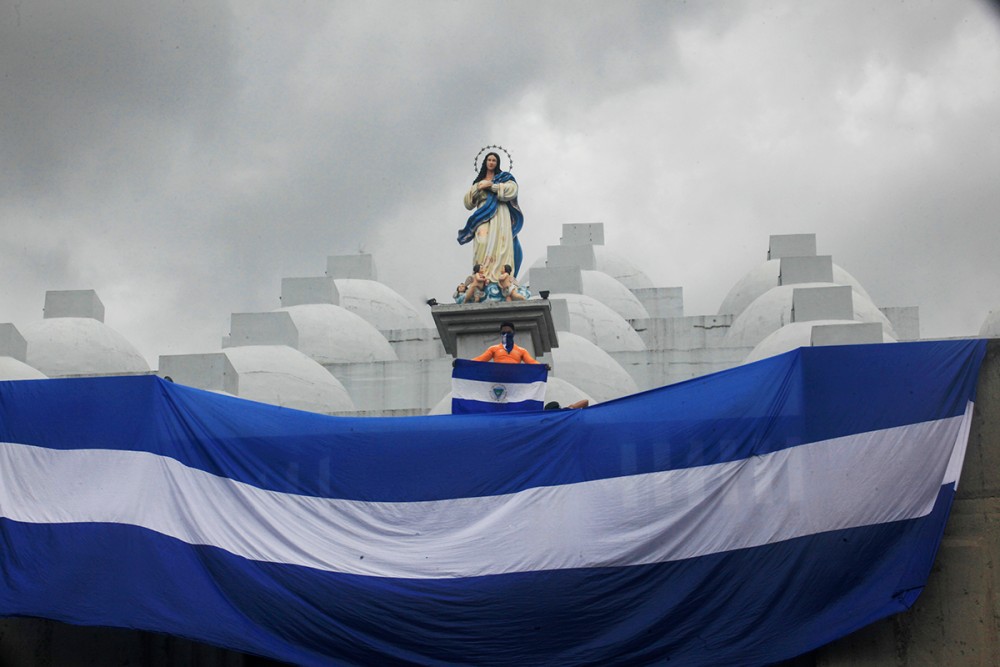The prophetic church in Ortega’s Nicaragua
One alarming aspect of the onetime revolutionary leader’s authoritarian turn has been the persecution of religious leaders.

“People are disappearing. In the capital, in smaller cities. At times in bars or nightclubs, under the influence of alcohol, someone might say the wrong thing,” said a young Nicaraguan woman who asked to be identified only as M for the safety of her family. “In the rural community where I live, people run the risk of being arrested, imprisoned, falsely accused of crime, and tortured psychologically. We’ve become scared to talk to our neighbors. You worry something you say might get repeated to the wrong person, and then you’ll end up in jail.”
Nicaragua rarely makes world news. In 1979, however, this small, impoverished country in Central America held the global spotlight as a group of revolutionaries overthrew the oppressive multigenerational dictatorship of Anastasio Somoza Debayle and instituted a socialist government. Named for Augusto Sandino, a revolutionary who resisted US imperialism in the 1920 and ’30s, the revolutionary Sandinista government instituted land reform, a massive literacy campaign, a vaccination campaign aimed at eradicating common childhood diseases, and efforts to improve sanitation.
“With Somoza we had lived under a reign of terror and decided that the only possibility was armed struggle,” says acclaimed Nicaraguan poet and novelist Gioconda Belli, who participated in the revolution and later served in the Sandinista government. “I didn’t believe in using violent resistance at first, but eventually I was convinced. I came from an anti-Somoza family. I’d seen the struggle and above all the poverty, the terrible injustice, the huge differences between rich and poor under that government.”




